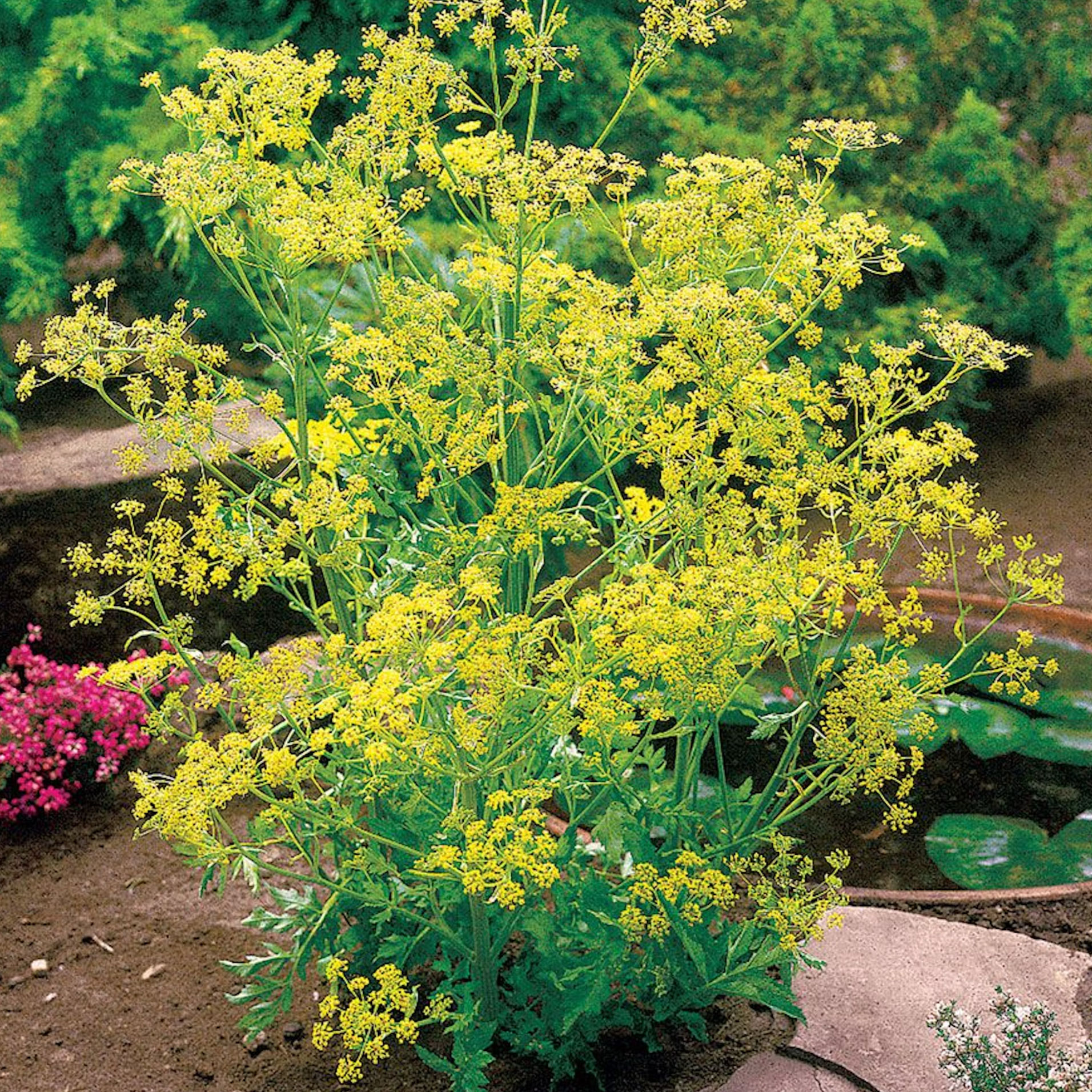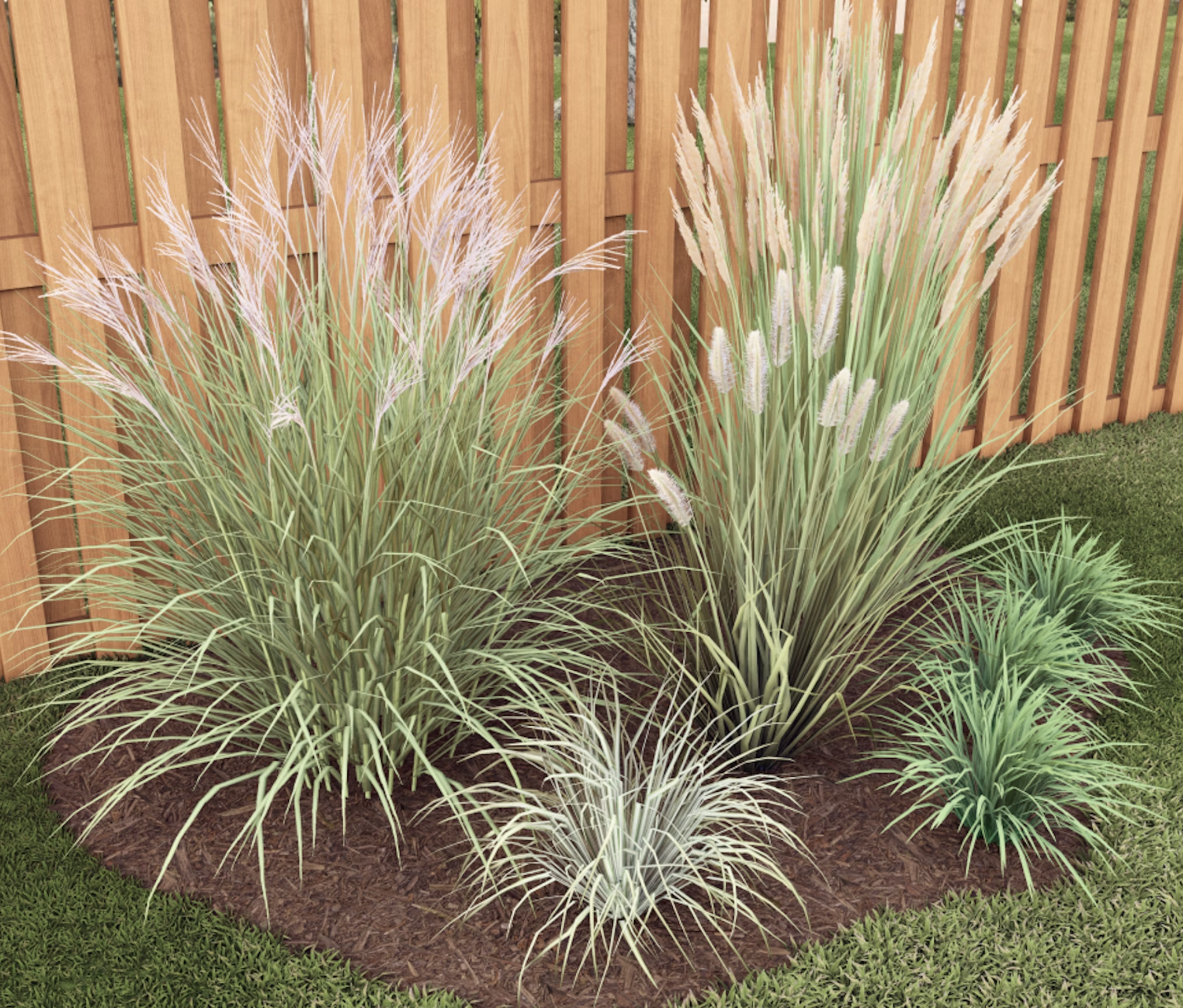Looking For Plants To Give You The Soft And Fuzzies? Try These 5 Fuzzy Leaf Plant Options
Lovers of texture, drama, silver foliage and tactile plants will adore these special sensory garden additions. These fuzzy leaf plant options will leave you all aglow
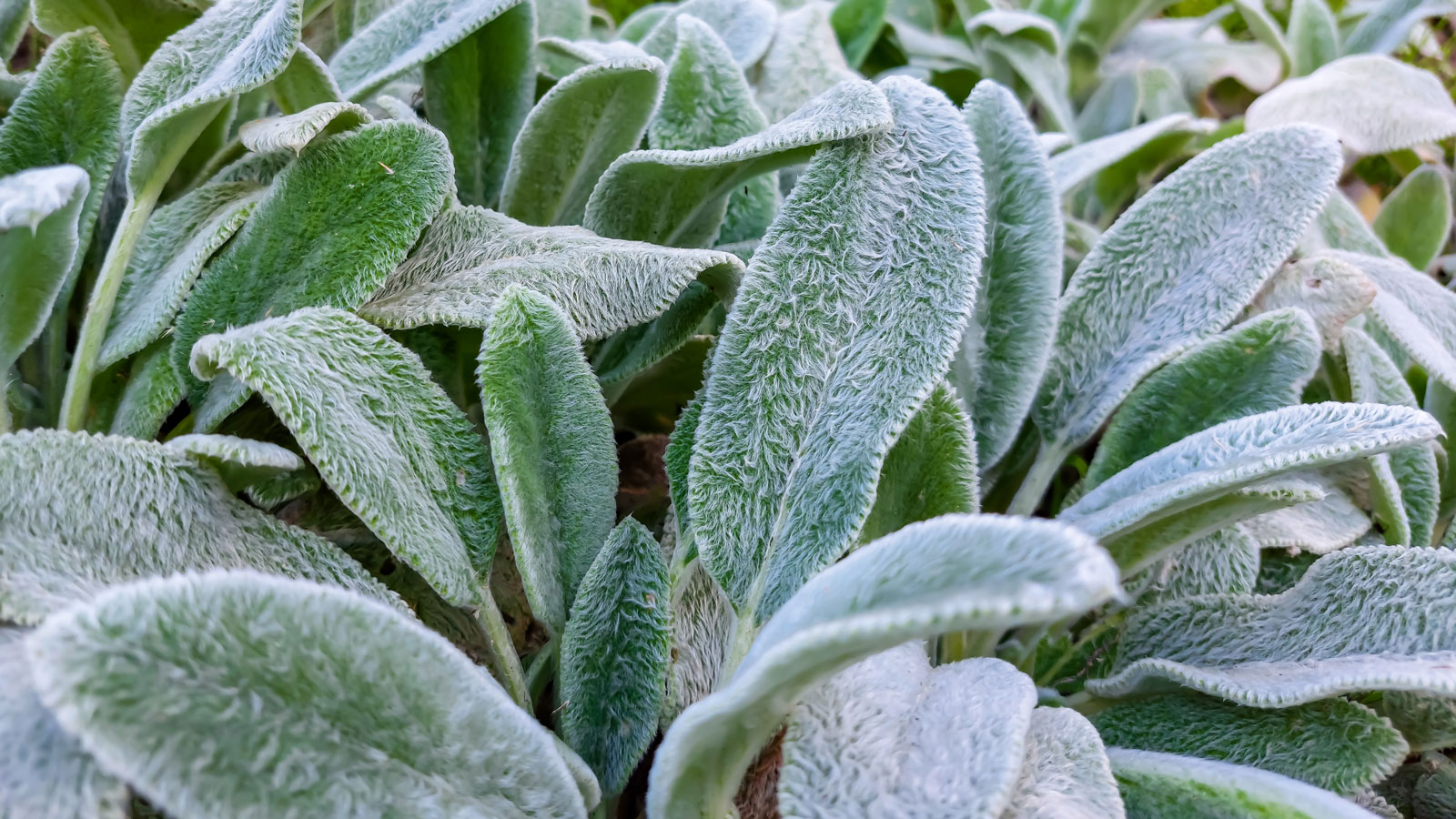

Diversity in a garden keeps things interesting – and one way of ensuring this is by including different textures, colors, and heights. Most gardeners adore bright or dramatic tones, plants that are capable of magnificent structures, and impressive foliage, whether that’s large leaves, variegated tones, or sweeping arches of ornamental grass. But how about fuzzy leaf plant options that catch the light, tickle the fingers and dazzle the senses with their silvery, furry folds?
Plants with furry leaves are ideal for children’s gardening schemes, moonlight themes or sensory garden ideas where you are looking to elevate all the senses. Here are five fuzzy plant options that can enhance your sensory garden landscaping.
Choosing Plants with Soft, Fuzzy Leaves
Furry plants are enticing, cheeky, shamelessly out of the ordinary – and with their velvety folds, they beckon to be touched. When choosing fuzzy leaved plants, give some thought to the best place in your garden to showcase both the way they look and the way they feel.
Places where they can be enjoyed up close as people pass by are particularly effective. Grow these fuzzy plants near a border’s edge, the backdoor or front door of your home, along a sensory garden path, near a herb garden, by a pond or water feature, or anywhere people can walk by. If they will be grown as part of a themed corner, such as a sensory garden, be sure these plants with furry leaves are somewhere they can be stroked.
1. Silver Sage
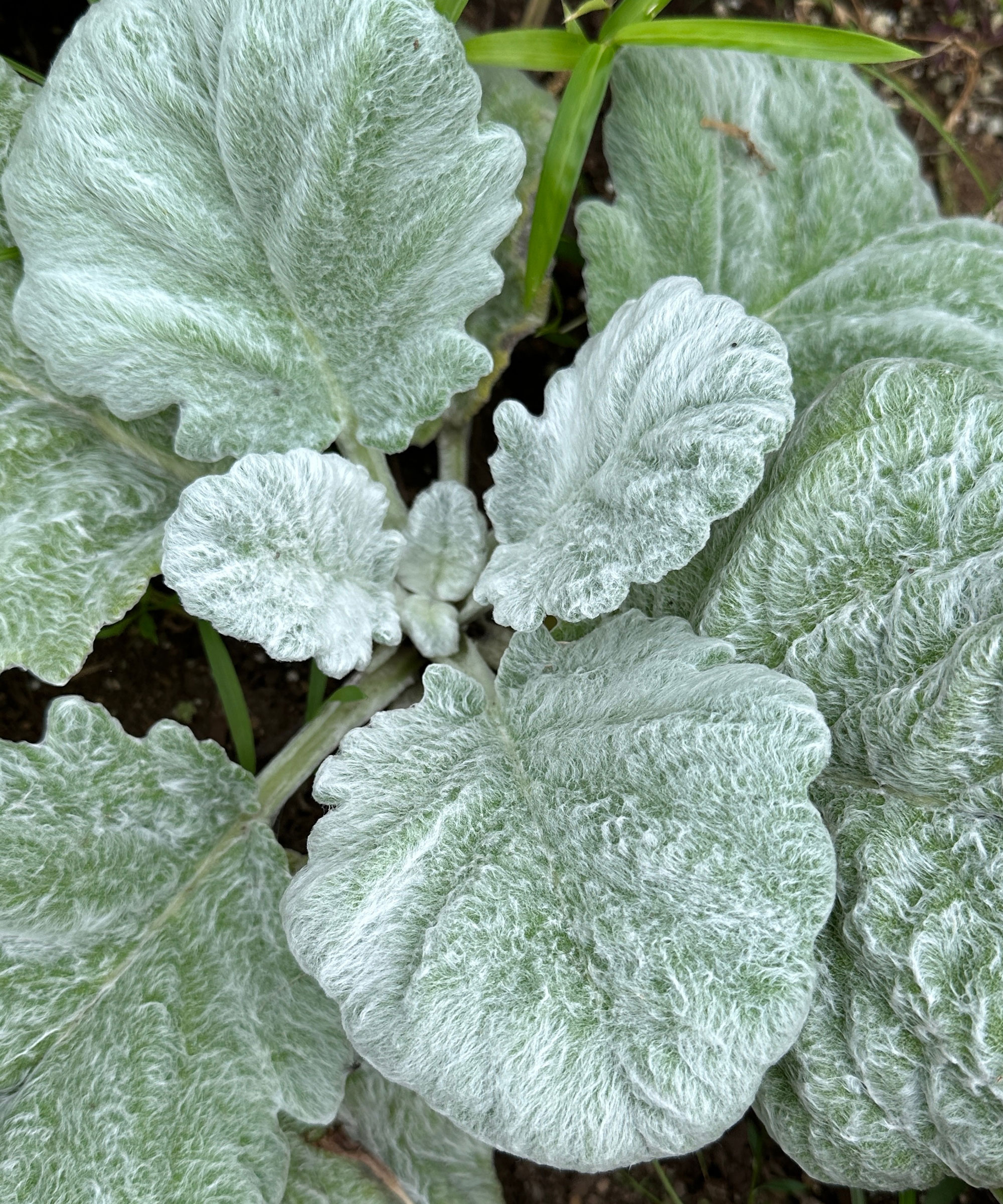
Salvia is typically grown for its pollinator friendly flowers, but silver sage (Salvia argentea) is one of the few plants in the genus valued for its soft, fuzzy leaves. Its silvery fuzziness is hard to resist a touch. The short-lived perennial has low-growing basal clumps that can reach 3ft (90cm) across.
The large, oval leaves are covered with silver hairs, giving this plant a distinctive wool-like appearance. Hardy in USDA zones 5-9, plant these types of sage plants in the rock garden or in a dry area of the border. Drought-tolerant silver sage does well planted alongside drought tolerant lavender, yarrow or Russian sage.
2. Rose Campion
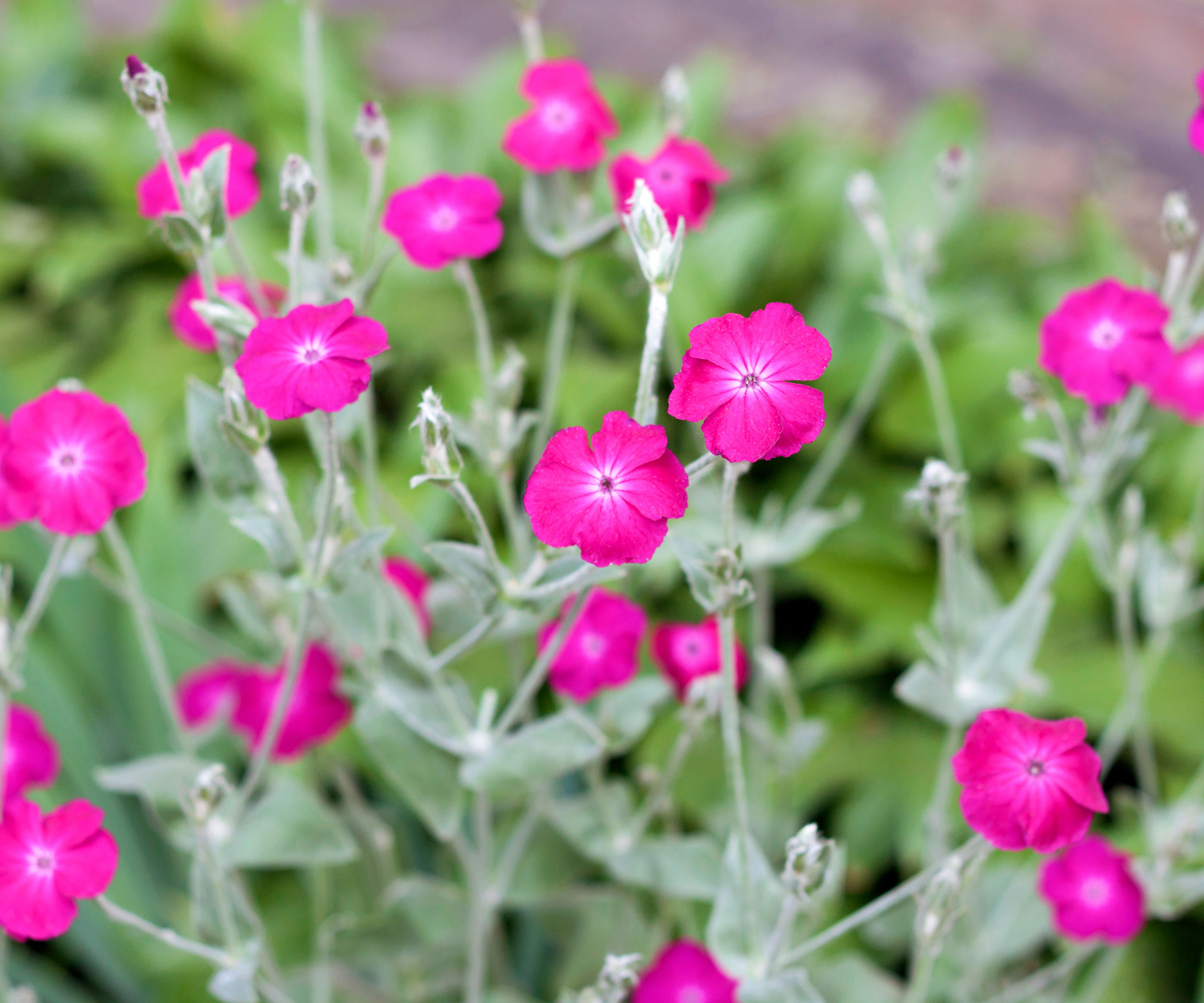
The stems and leaves of rose campion (Lychnis coronaria) are covered in fine hairs, giving the plants a silvery, fuzzy appearance. In summer, small magenta, rose, pink or white blooms grace the stems. This short-lived perennial forms a rosette of foliage the first year and spreading mounds in following years.
They are prolific self-seeding perennials, so once you have grown rose campion flowers, you should always have them. These fuzzy plants prefer a dry, well-drained site in full sun to partial shade, but they will tolerate moist, clay-based soils.
3. Cobweb Spiderwort
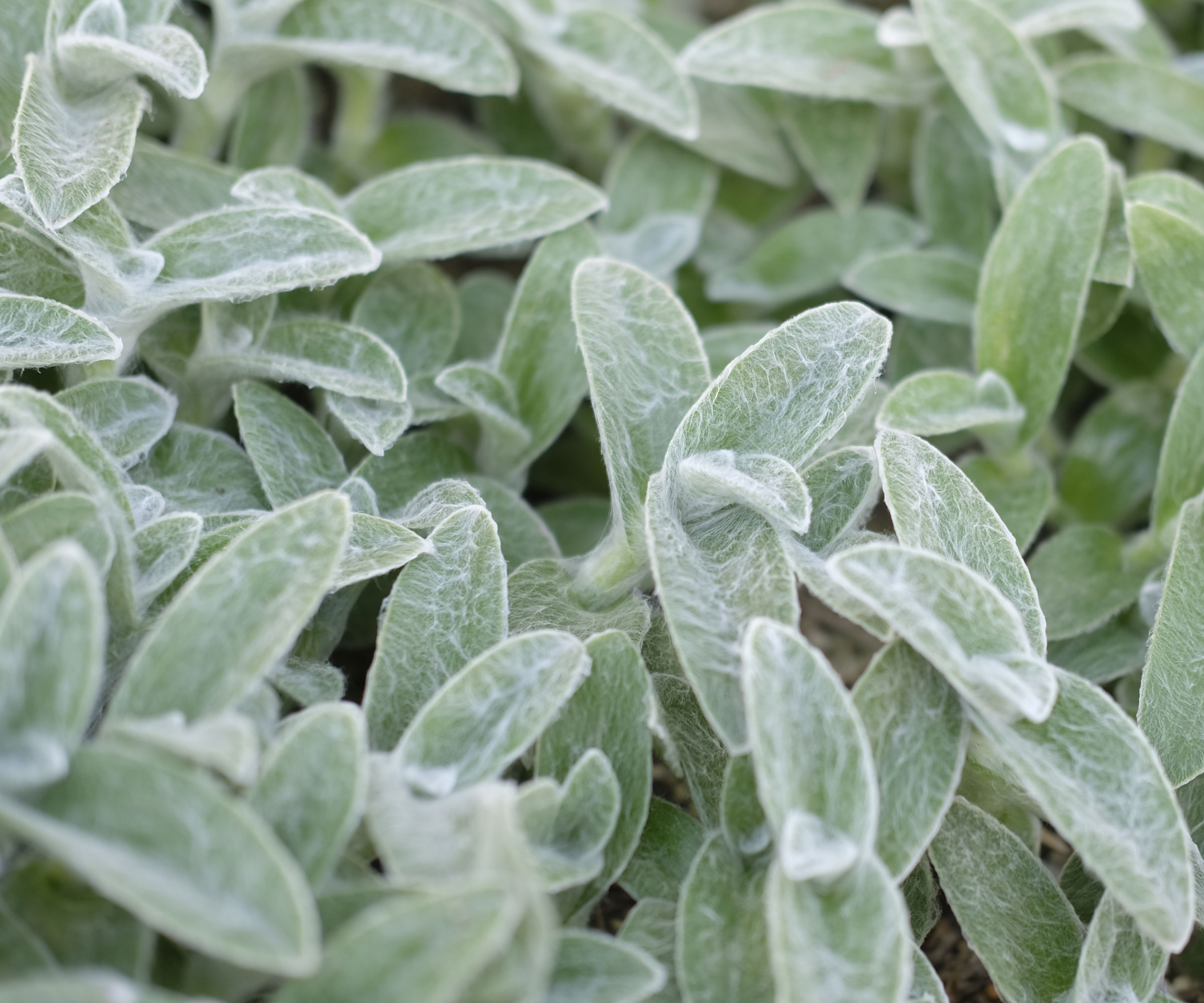
This low-growing perennial sports white hairs on its leaves, shoots and buds, spreading like silvery webs across the leaves. Cobweb spiderwort (Tradescantia sillamontana, previously known as T. pexata) prefers dry, acidic soil in partial sun, but it will tolerate full sun if it is well watered.
When growing these spiderworts, be careful not to overwater. Pinch the tips back to encourage branching and a denser habit. For an extra special treat, saucer shaped, pink flowers bloom on these furry plants in summer. Factoring in some deadheading will encourage repeat flowering. These furry plants are hardy in USDA zones 10-11, but they are grown as an annual in colder zones.
Sign up for the Gardening Know How newsletter today and receive a free copy of our e-book "How to Grow Delicious Tomatoes".
4. Lamb’s Ear

Lamb’s ear (Stachys byzantine) is a popular landscape plant, grown for its wow factor when people spot its silvery green fuzzy leaves. Great for a children’s garden, their velvety leaves closely resemble their namesake. Plant lamb’s ear in well-drained soil in full sun or part shade. Hardy to USDA zone 4, lamb’s ear will stay green except in the harshest of winters.
Avoid overhead watering and excess irrigation, or else rot will set in. A member of the mint family, these silver plants can spread aggressively if allowed to reseed. The insignificant flowers that arise in spring can be deadheaded to prevent reseeding.
5. Panda Plant
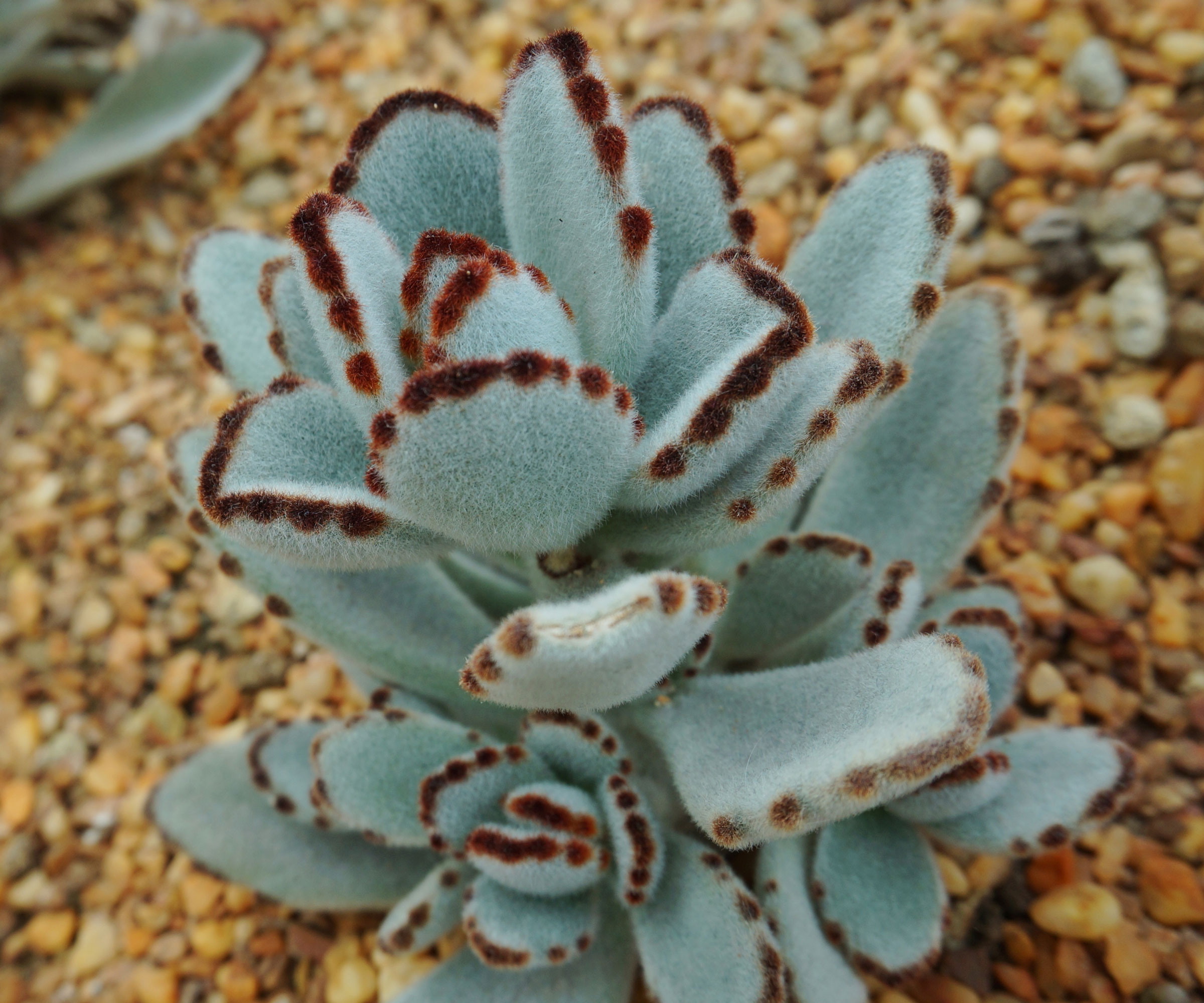
This fuzzy succulent can grow 1-2ft (30-60cm) tall indoors and 2ft (60cm) wide. Its silvery white hairs and brownish-red leaf edging are strikingly reminiscent of a panda bear. Site your cuddly bear in medium-bright light and water sparingly. Average room humidity is fine for this fuzzy succulent.
If you care for a panda plant indoors, you can move it outside for summer, but give it protection from the hot afternoon sun. You can fertilize your panda plant (Kalanchoe tormentosa) during active months with half-strength houseplant food. Bring it back inside when temperatures start to drop (it is hardy in USDA zones 11-12).
Other Unusual Planting Ideas for Texture and Drama
- If you’d like to enhance your garden’s natural texture, grow these seven ornamental grasses for graceful sweeping movement, elegant shaping – and joyful sound.
- Every garden can benefit from a touch of the unexpected, so if you haven’t experienced the joys of chaos gardening for color and texture, why not take a walk on the wild side and embrace a more spontaneous form of gardening?
- Fancy cultivating an air of mystery with a darkly romantic botanical vibe? Find out more about the goth gardening trend and discover how it could enhance your space.
- Add a dash of the unusual to your cut flowers for some unique and highly memorable displays. Try some of these unusual flowers to grow in your cutting garden for plants that deliver the wow factor in distinctive and dramatic ways.
This article features products available from third party vendors on the Gardening Know How Shop. Keep in mind that our plant inventory is limited - so if you’re thinking of purchasing, don’t wait!

After graduating from Oklahoma State University with a degree in English, Susan pursued a career in communications. In addition, she wrote garden articles for magazines and authored a newspaper gardening column for many years. She contributed South-Central regional gardening columns for four years to Lowes.com. While living in Oklahoma, she served as a master gardener for 17 years.
